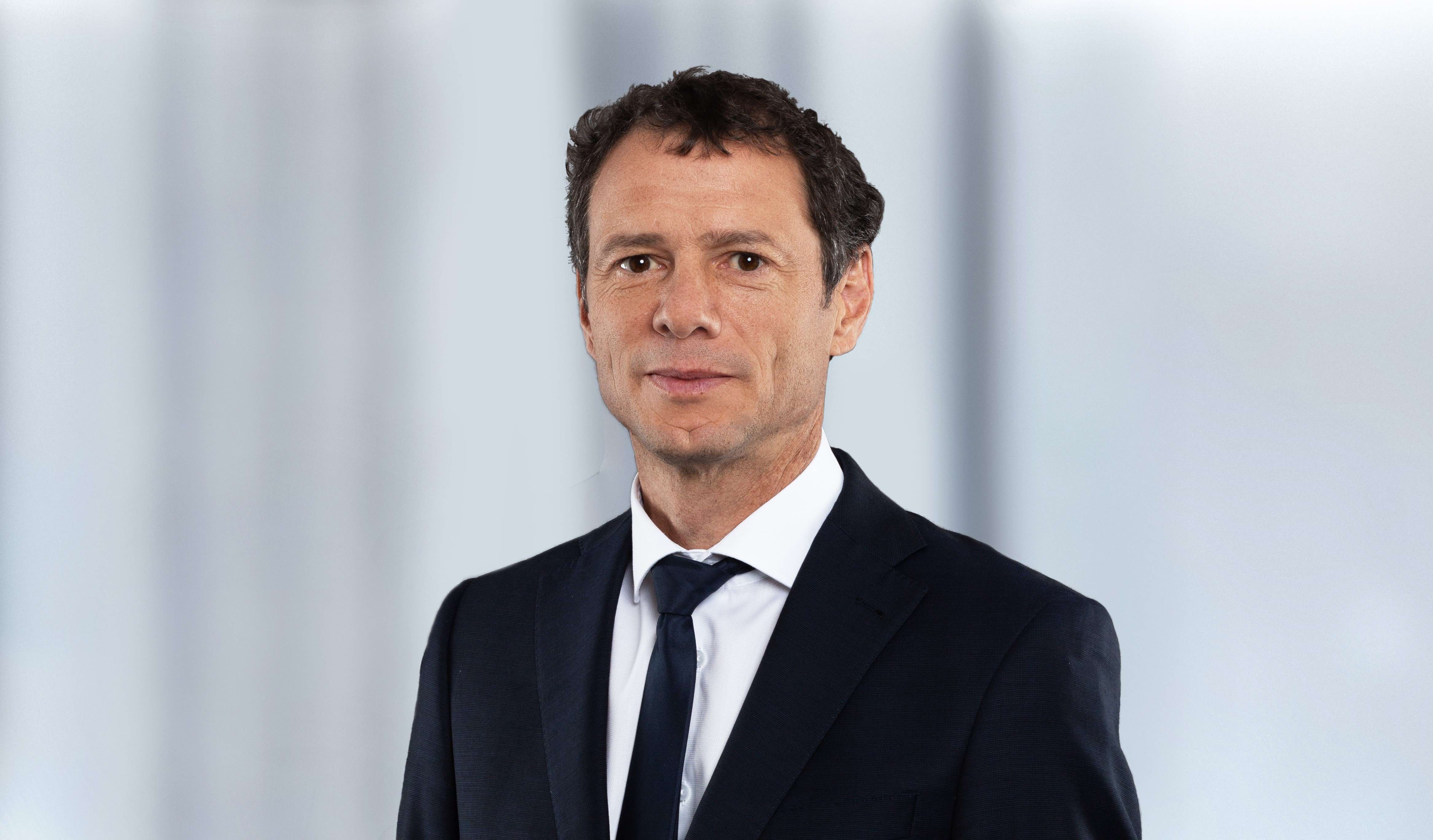Central banks : no rate cuts this week
By Volker Schmidt, Senior Portfolio Manager at Ethenea
The ECB and the Fed will leave interest rates unchanged at their December meetings later this week. However, rate cuts will definitely come next year.
ECB : inflation target could be reached as early as 2025
Our forecast for the upcoming ECB meeting of 14 December is clear: the ECB will leave interest rates unchanged. The central bankers have already made this clear. Christine Lagarde recently emphasised that the central bank can now observe how strongly and quickly the rate hikes of the past are having an effect. Inflation rates have fallen surprisingly sharply recently. The headline rate fell to 2.9% in October and the core rate (excluding the more volatile energy and food components) to 3.6%. It is clear to us that the cycle of interest rate hikes came to an end in September. Rapidly falling inflation rates and a sluggish economy make it seem possible that the 2% inflation target could be reached as early as 2025. In its most recent projection of September 2023, the ECB forecast inflation to be slightly higher than its target in 2025. This could change with the new projections published at the time of the rate decision.
The wage agreements of the past, some of which have lasted several years, will continue to put upward pressure on prices in the future. In contrast, energy prices have recently fallen significantly, which is a strong counterbalance to wage increases. Ultimately, however, the central bank can exercise patience. Fears of a resurgence in inflation are high after the experience of 2022, preliminary calculations show that the inflation rate in November fell to its lowest level since summer 2021. Thereafter, however, base effects will cause inflation rates to rise slightly in the short term. Nevertheless, rate cuts will come in 2024. A 100bp cut from June is a realistic estimate for us.
Fed : "How long" instead of "how high"
As with the ECB, we expect the Fed at its meeting of 12-13 December to leave its target range for the key interest rate unchanged at 5.25% to 5.50%. A key factor here is the slowdown in inflation, which Fed Chairman J. Powell also addressed in his recent speech at Spelman College in Atlanta. The broad-based inflation rate was already at 3.2 % in October. This significant slowdown, which had not been anticipated by the market, led to a rapid decline in yields along the entire yield curve. Even the Fed's favoured core PCE inflation has already slowed to around 3.5%. Powell recently noted that US core inflation (PCE) has only risen by around 2.5% annually over the past six months - just above the Fed's 2% inflation target.
The messages that the Fed Chairman will convey at his press conference are likely to be much more interesting. Recent market moves - a massive drop in yields across the curve and expectations of around four rate cuts next year - actually run counter to the Fed's interests, as they make financial conditions less restrictive and make it harder for the central bank to slow the US economy. Earlier this month, Powell tried to make the point that speculation about an easing of monetary policy was premature. The Fed is prepared to raise rates further, if necessary, he said. In our view, the Fed wants to keep the option open to raise rates further, if necessary, but this is very unlikely given the low level of inflation. However, the Fed's tendency to continue fighting inflation was completely ignored by the markets. It is therefore quite clear to us that we can expect much tougher communication from the US central bank.
The focus is gradually shifting from "how high" to "how long". In our view, the four rate cuts priced in for next year are too optimistic given the still robust US economy.
